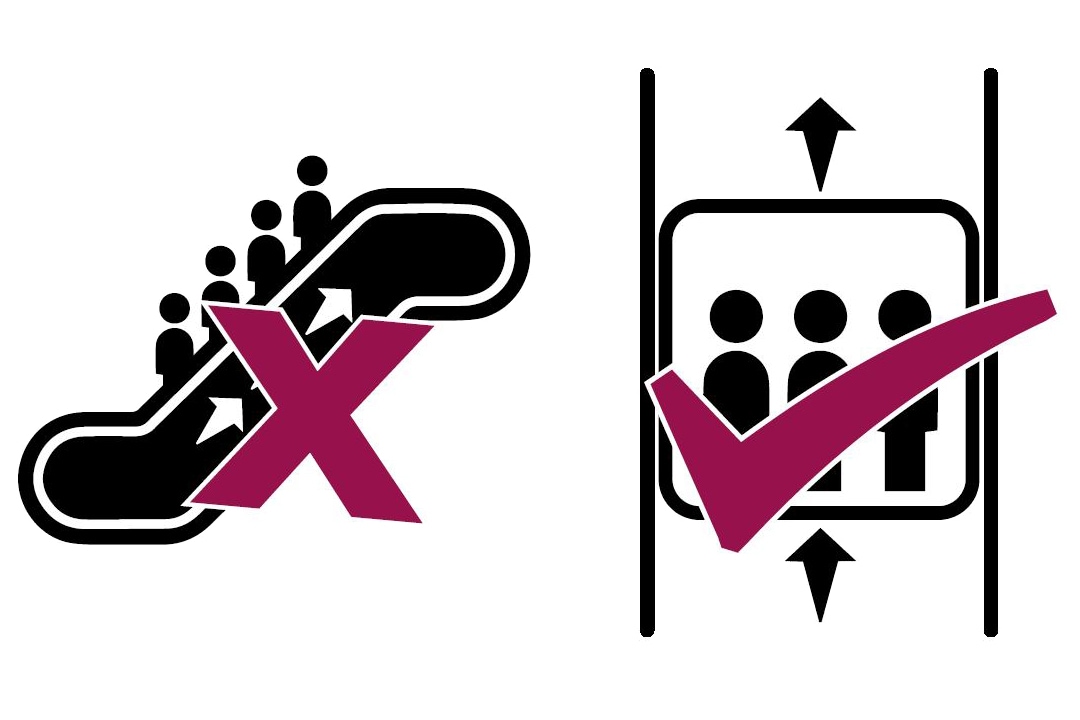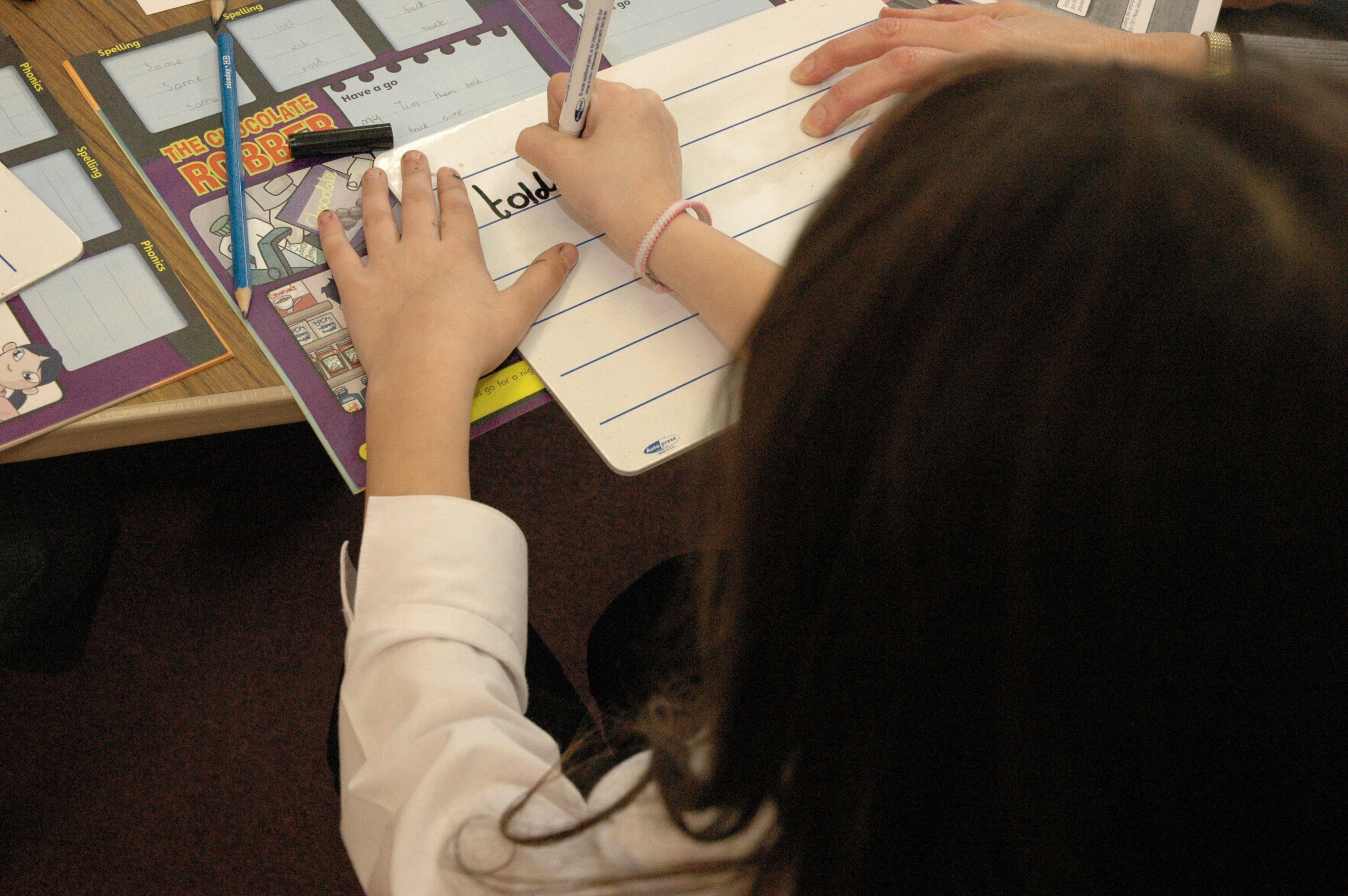
Primary assessment stripped back
Assessment has been the big issue this year, with the DfE encouraging schools to innovate and approach it with fresh eyes, free from the constraints of levels.
We believe in the power of technology and innovation to enhance education.
Driven by collaboration and evidence, we can harness digital tools to empower the whole school community and shape impactful and inclusive teaching, learning and assessment experiences.
Learn more about the work we're doing with educators, young people and experts to drive new innovations, inspire digital confidence, unlock new opportunities and make a tangible impact in schools.

As technology evolves, exams should too, so we’re already making onscreen assessment a reality. Onscreen exams mean more than switching from paper to a device. They offer students another way to best show what they know and can do.

ActiveHub is the next step in digital teaching and learning, bringing together assessment, rich data insights and next generation independent intervention practice to give you the tools you need to help your students reach their full potential. Driven by insights, ActiveHub provides everything on one platform for a powerful online learning experience, anytime, anywhere.

Generative AI brings into focus the importance of the most human skills, such as creativity and critical thinking.
Find out more about how we’re thinking about the impact of GenAI and AI literacy in education.

Alongside Persona Education and 200 GCSE resit students, we’re exploring effectively life skills can be developed and recognised using digital badges.

Hear from Pearson and schools on our experiences of delivering onscreen exams in summer 2022 and recommendations on what’s next.

Our report poses some of the big questions ahead for the sector: how do we facilitate change? What are the big opportunities? And what are the barriers?
Our work with schools across the globe has led to us becoming a BETT Awards 2023 finalist for: Transformational Impact – with our onscreen assessment pilot and Collaboration with a School – for our new Mocks Moderation Service with Greenshaw Learning Trust.


Assessment has been the big issue this year, with the DfE encouraging schools to innovate and approach it with fresh eyes, free from the constraints of levels.
Well, that is the billion dollar question. The introduction to the materials states in no uncertain terms that schools and LAs must refer to them to ensure that their TA judgements are accurate and standardised across and between schools - which actually makes sense.
We’re still hearing from lots of teachers that they’re not completely sure what Ofsted is expecting to see in terms of assessment practice and are worried about fallout from Ofsted at their next inspection.
Policy Watch is a regular policy briefing and updating service that keeps you up to date with the latest developments in the world of education. It's presented in a simple, accessible format with weekly updates, monthly summaries and associated papers and presentations.

